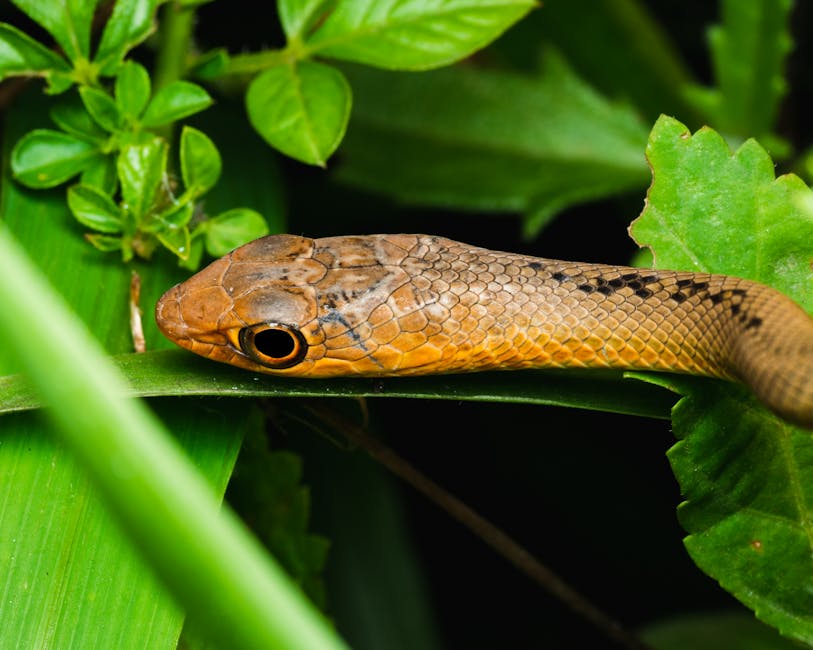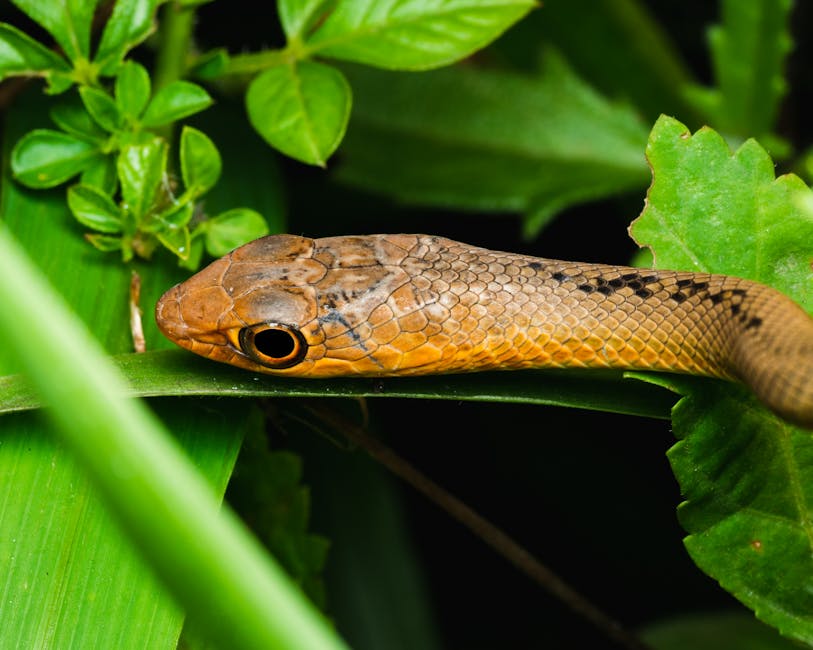Mastering the Art of Repotting Your Snake Plant for Enhanced Longevity

Repotting your snake plant is an art that, when mastered, can significantly enhance the longevity and health of your beloved houseplant. Snake plants, also known as Sansevieria or Mother-in-Law’s Tongue, are popular for their hardiness and ability to thrive in a variety of conditions. However, like all plants, they can outgrow their pots and require repotting to ensure they continue to flourish.
The first step in repotting your snake plant is to understand when it’s time to do so. Snake plants are slow growers, so they don’t need to be repotted often. Typically, you’ll only need to repot every two to five years. Signs that your snake plant is ready for a new pot include roots growing out of the drainage holes, the plant looking top-heavy, or the potting soil drying out quickly after watering.
Once you’ve determined that it’s time to repot, the next step is to choose the right pot. Snake plants prefer pots that are wider than they are deep, as their roots tend to spread horizontally. The new pot should be only slightly larger than the old one, as too much space can lead to overwatering and root rot. Make sure the pot has adequate drainage to prevent water from sitting at the bottom, which can also lead to root rot.
Next, prepare your potting mix. Snake plants prefer a well-draining soil mix, such as a cactus or succulent mix. You can also make your own mix by combining regular potting soil with perlite or coarse sand to improve drainage.
Now, it’s time to remove your snake plant from its current pot. This can be a bit tricky, as you want to avoid damaging the roots. Gently tip the pot on its side and ease the plant out. If it’s stuck, you can use a knife to loosen the soil around the edges of the pot. Once the plant is out, inspect the roots. If you see any that are mushy or smell bad, trim them off. This is a sign of root rot, which can spread if not addressed.
After you’ve removed the plant and trimmed any unhealthy roots, it’s time to place it in its new pot. Add some of your potting mix to the bottom of the pot, then place the plant in the center. Fill in around the plant with more potting mix, pressing it down lightly to remove any air pockets.
Finally, water your repotted snake plant. Wait a few days after repotting to water, as this gives any damaged roots time to heal and reduces the risk of root rot. When you do water, do so thoroughly, until water runs out of the drainage holes. Then, let the soil dry out completely before watering again.
In conclusion, repotting your snake plant is a straightforward process that can greatly enhance the health and longevity of your plant. By recognizing when it’s time to repot, choosing the right pot and soil mix, carefully removing the plant and trimming any unhealthy roots, and properly watering after repotting, you can ensure your snake plant thrives for years to come. So, don’t be afraid to get your hands dirty and give your snake plant the room it needs to grow.
The Ultimate Guide to Ensuring Your Snake Plant’s Health through Proper Repotting
Repotting your snake plant is an essential part of ensuring its longevity and health. Snake plants, also known as Sansevieria or Mother-in-Law’s Tongue, are popular houseplants due to their hardiness and low maintenance requirements. However, even these tough plants can benefit from a little extra care, particularly when it comes to repotting.
Repotting is a process that involves removing a plant from its current pot and transferring it to a new one. This is typically done to give the plant more room to grow, to refresh the soil, or to save a plant that is suffering from root rot. For snake plants, repotting can be a bit of a challenge due to their thick, fleshy roots and tall, rigid leaves. But with a little patience and the right technique, you can repot your snake plant successfully and ensure its continued health and longevity.
The first step in repotting your snake plant is to choose the right time. Snake plants are slow growers, so they typically only need to be repotted every two to three years. The best time to do this is in the spring or early summer, when the plant is in its active growth phase. This gives the plant plenty of time to adjust to its new pot before the slower growth period of fall and winter.
Next, you’ll need to choose the right pot. Snake plants prefer pots that are wider than they are deep, as their roots tend to spread out rather than down. The pot should also have good drainage to prevent water from sitting in the bottom, which can lead to root rot. When choosing a new pot, aim for one that is 1-2 inches larger in diameter than the current pot.
Once you have your pot, it’s time to prepare your snake plant for repotting. Start by watering the plant a few days before you plan to repot it. This will make the roots more flexible and easier to work with. When you’re ready to repot, gently remove the plant from its current pot. You may need to tip the pot on its side or lightly tap the bottom to loosen the roots.
After removing the plant, take a moment to inspect the roots. Healthy snake plant roots should be firm and white or light tan. If you see any roots that are soft, brown, or mushy, these are signs of root rot and should be removed with a clean, sharp pair of scissors.
Next, place a layer of fresh potting soil in the bottom of the new pot. Position your snake plant in the center of the pot, then fill in around the roots with more soil. Be sure to leave a little space at the top of the pot for watering.
Finally, water your newly repotted snake plant thoroughly, then place it in a location where it will receive bright, indirect light. It may take a few weeks for your snake plant to adjust to its new pot, so don’t be alarmed if growth seems slow at first.
In conclusion, repotting your snake plant can seem like a daunting task, but with a little preparation and care, you can ensure the health and longevity of your plant. Happy gardening!

